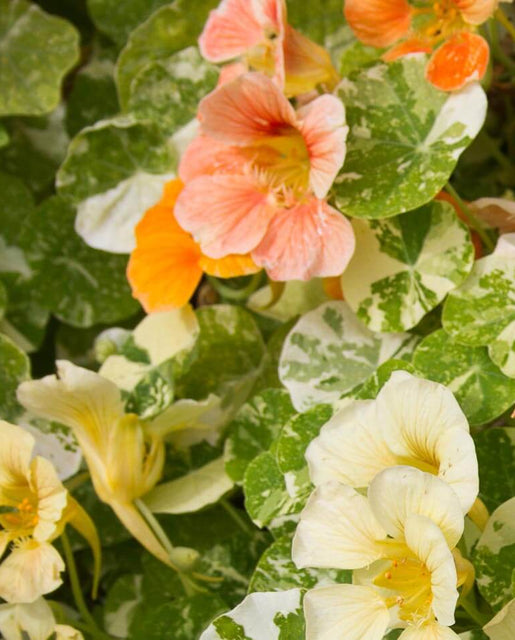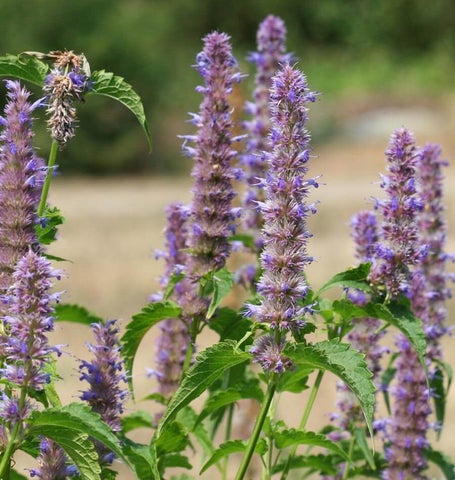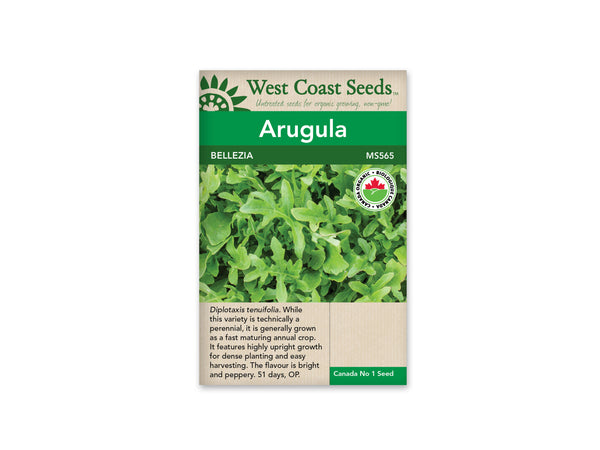Canadian Orders: Flat-Rate Shipping on Orders over $75 | Orders Over $150 Ship Free!
-
Shop
- New Arrivals
- Gardening
- Seeds
- Children + Baby
- Bath + Skin Care
- Baby Toys
- Books
- Puzzles + Games
- Loose Parts + Creative Play
- The Little Naturalist
- Play Chef
- Slings
- Apothecary
- Kids Lunches
- Accessories
- Sustainable Living
- Brushes / Brooms
- Food Storage
- Outdoors
- Coffee, Tea, Chocolate + Honey
- Coffee + Tea Accessories
- Water bottles + Travel Mugs
- Cookbooks
- Dishwashing
- Laundry
- Cleaners
- Accessories
- On The Go Essentials
- Self Care
- Face Care
- Body Care
- Hair Care
- Cosmetics
- Deodorant
- Toothpaste + Oral Care
- Sun Care
- Accessories
- Zero Waste Bathroom
- Soap
- Essential Oils
- For Men
- Books
- Apothecary + Natural Supplements
- Pet Care
- Shop Local
- Bulk
- In Store Pick Up
- Home Improvement
- Paint & Stain
- Discover
- Bulk Bar
Nasturtiums — Tip Top Alaska Mix
Sold Out $4.99
Tropaeolum majus. Tip Top Alaska mix Nasturtium seeds produce cream-on-green foliage with single yellow, orange, and deep red flowers, clustered in compact 30cm (12") mounds. Tip Top Alaska series will stay compact so they are perfectly suited to containers. Plant Tip Top Alaska mix Nasturtium seeds in hanging baskets, raised beds, or as companion plants in your organic vegetable garden. These compact Nasturtiums are very bushy, and do not form the long vines found in some other varieties. The foliage is extremely decorative, and the flowers, leaves, and seeds are all edible. Nasturtiums are drought resistant and suitable for xeriscaping.
Annual
Quick Facts:
- Hardy annual
- Yellow, orange, and deep red flowers
- Compact 30cm (12") mounds
- Cream on green foliage
- Single flowers cluster
Size: 5g (approx. 45 seeds)
Difficulty
Easy
Season & Zone
Exposure: Full sun to partial shade
Timing
Sow indoors in peat or coir pots 2-4 weeks before the last frost date. Better yet, direct sow from 1 week after last frost and repeat at 2 week intervals into early summer. Optimal soil temperature for germination: 12-18°C (55-65°F). Seeds will sprout in 7-12 days, perhaps longer outdoors.
Starting
Sow seeds 5mm – 1cm (¼”-½”) deep. If starting indoors, provide darkness during germination, followed by bright light. Space smaller varieties 15-30cm (6-12″) apart, and the big ones like Tall Single 60-90cm (24-36″) apart.
Growing
Nasturtiums thrive in poor to average, slightly acidic, well-drained soil. Keep watered during dry weather, and do not fertilize. If aphids infest nasturtiums, cut off the infested growing tip and destroy it. Otherwise, a quick jet of water from the hose will dislodge and kill aphids.
Companion Planting
Nasturtiums make a good trap crop for aphids, and they deter whiteflies, cucumber beetles, and attract predatory insects. It is a good companion for Brassicas, cucumbers, melons, radishes, and tomatoes.
More on Companion Planting.
Related Items
Agastache — Licorice Mint
Sold Out $3.49
Agastache foeniculum. With heavily licorice-scented leaves and tall spikes of edible lavender flowers, Licorice Mint has been used medicinally for generations. It also happens to...
View full product detailsArugula — Astro Organic
Sold Out $3.99
CERTIFIED ORGANIC! Astro organic arugula seeds produce a plant with leaves that are less lobed and more strap-like. It has a milder flavour than regular...
View full product detailsArugula, Wild — Selvatica Heirloom Organic
Sold Out $3.69
CERTIFIED ORGANIC! Diplotaxis tenuifolia. While technically this variety is a perennial, growers and home gardeners will probably prefer growing it as a fast maturing annual crop. Bellezia...
View full product detailsSign up to get the latest on sales, new releases and more…
© 2024 Sustain.
Ecommerce Software by Shopify



















